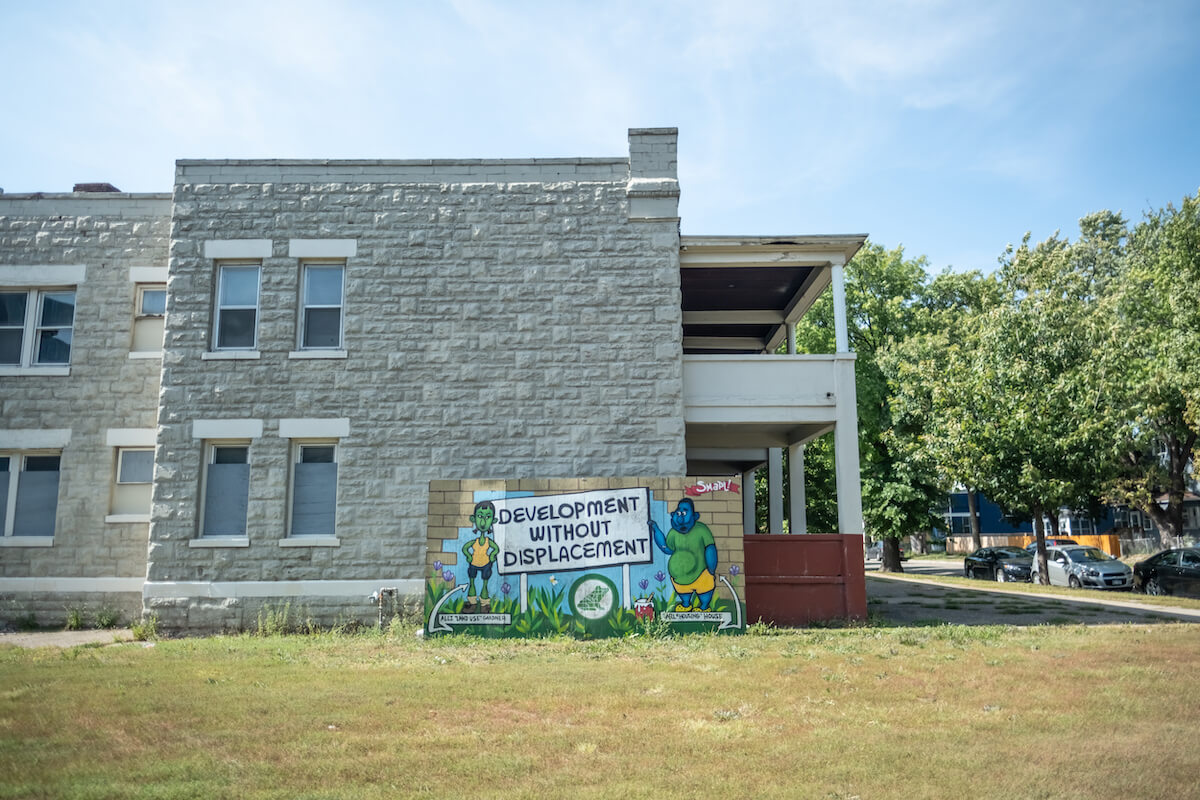The spotlight may have been on Climate Week NYC last week, but 370 miles away, Pittsburgh was the site of additional high-level climate talks.
The U.S. Department of Energy’s first Global Clean Energy Action Forum, held in conjunction with the International Energy Agency’s 2022 Clean Energy Ministerial, convened some 4,000 attendees from 35 countries.
DOE delivered a clear message to the clean tech community: The time for traditional, often slow-paced R&D is over. With the Inflation Reduction Act’s game-changing $369 billion for clean energy and climate tech starting to roll out, the agency is working to supercharge the pace of deployment for the balance of the decade and beyond.
In other words: Deploy, deploy, deploy.
“This is the biggest change ever in the [45-year] history of DOE, said Kathleen Hogan, the department’s principal deputy undersecretary for infrastructure. “It’s now about slashing the time for commercialization. It will be private sector-led and government-enabled.”
Within DOE, the leadership roles of two veteran clean energy champions and government outsiders – one of whom had been on the job for all of two weeks – says a lot about this new direction.
“I turned my back on 31 years in the private sector because this is now, as they say, ‘the room where it happens,’” said David Crane, who was famously forced out as CEO of energy giant NRG Inc. in 2015 after his push into solar and other clean energy endeavors. Crane is the first director of DOE’s new Office of Clean Energy Demonstrations.
The other government outsider, SunEdison founder and Generate Capital co-founder Jigar Shah, was plucked by Secretary of Energy Jennifer Granholm to lead DOE’s Loan Programs Office in the Biden administration’s early days. Speaking on the GCEAF Business Forum’s opening plenary panel, Shah said government needs to move at closer to entrepreneurial or VC speed – a tall order, but critical if the U.S. wants to meet its 2030 climate goals.
“It can’t be, ‘How do we figure it out in 10 years,’” said Shah. “It has to be ‘How do we get it done in 10 years?’”
For government to play more actively in commercialization, Shah added, “companies need to have their CEOs and capital allocation people talking to us, not just government relations.”
Some other observations from GCEAF:
Rust Belt rising
The Steel (or Steelers) City was chosen as the conference site last year, but it became an apt choice with the recent passage of the IRA and its emphasis on, and significant tax incentive dollars behind, revitalizing U.S.-based manufacturing jobs in the clean tech sector.
The city “exemplifies how a legacy energy and industrial-dependent economy can be transformed into a technology and innovation powerhouse,” as Granholm put it.
The region, with its 160-year heritage of supplying oil, coal, and natural gas, faces a bumpy transition from fossil fuel-focused industries. An enlightening “Pittsburgh Power: Yesterday, Today, and Tomorrow” panel tackled this head-on with speakers from industry, community development, academia, and entrepreneurship.
One example of the transition in the Pittsburgh region is EOS Energy Enterprises, a 14-year-old company that manufactures zinc batteries in a former Westinghouse air brake plant in Turtle Creek (or ‘Crick’ in Pittsburgh parlance) 12 miles east of town. EOS employs more than 250 people (some at its New Jersey headquarters) and sources 90% of its content from U.S. suppliers within a five-hour truck ride of Pittsburgh, said CEO Joe Mastrangelo.
In a recent ImpactAlpha guest post, Clean Edge managing director Ron Pernick and I wrote that the IRA represents the first true federal industrial policy for the clean energy transition. Panelist Richard Fruehauf, U.S. Steel’s chief development and strategy officer, supported that sentiment.
“I’m glad to see we got past this idea that we shouldn’t have industrial policy,” said Fruehauf before shortly heading off to Thursday night’s Steelers at Browns game in Cleveland. “We’ve been competing with those policies from China Inc. and across Europe – these are the right policies to rebuild our manufacturing base.”
Industrial decarbonization
It was good to see a big GCEAF focus on so-called hard-to-abate industry sectors – heavy industry including cement production, aviation, and long-haul trucking – which together account for some 30% of global greenhouse-gas emissions. Hydrogen has a big role to play here, especially green hydrogen, made by electrolyzers powered by clean solar or wind generation.
At the conference, DOE announced the opening of applications for $7 billion earmarked to create up to 10 “hydrogen hubs” across the U.S. to advance the technology and especially, drive down costs. The department aims to produce 10 million tons of clean hydrogen production annually by 2030, and 50 million tons by mid-century.
It also kicked off an “Industrial Heat Shot” initiative to develop cost-competitive, low-carbon industrial heat solutions by 2035, and the Zero-Emissions Government Fleet Declaration, with commitments by more than a dozen countries to shift government fleets to 100% zero-emission vehicles by 2035.
The U.S. is one of nine countries with companies in the First Movers Coalition, a World Economic Forum coalition formed to create demand for products like green cement and green steel made with drastically lower emissions. The goal, said U.S. special presidential envoy for climate John Kerry at the forum, is “to make clean steel and clean cement products as cheap to build as dirty ones.”
We’ve got a long way to go to reach that. But I liked the Chinese proverb shared by Gim Huay, managing director of the WEF Centre for Nature and Climate, in a main-stage session on creating the clean energy markets of the future. “You feel the stones as you cross the river,” the saying goes. “So let’s get going,” said Huay, “and evolve and perfect it as we go along.”
Clint Wilder is editorial director at Clean Edge, Inc., a clean-tech research firm and developer and publisher of thematic stock indexes tracking clean energy, transportation, water and the grid. He has co-authored two books: The Clean Tech Revolution and Clean Tech Nation.











